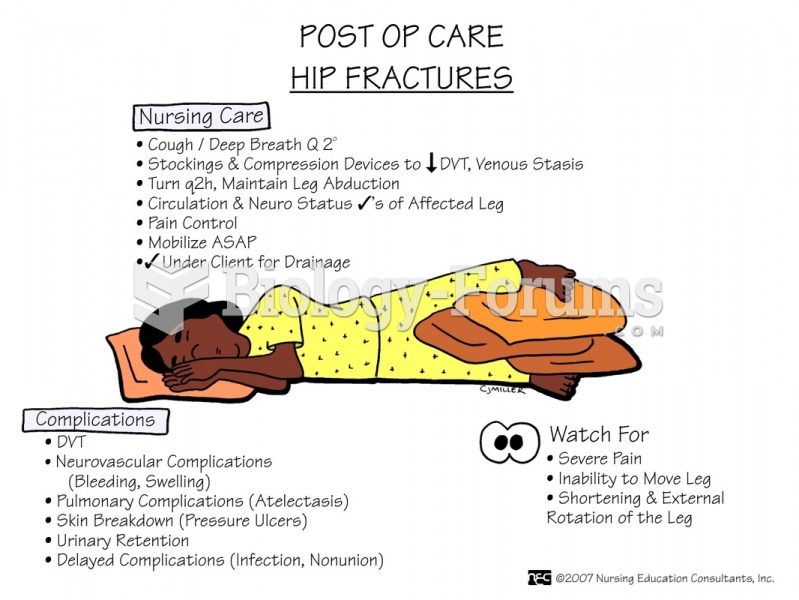Answer to Question 1
An ideal response will:
1. Note past government involvement in health care: Medicare, the development of the National Institutes of Health, the Public Health Service and the surgeon general, the Food and Drug Administration, and the Centers for Disease Control and Prevention.
2. Identify rising health care costs as one of the major reasons Americans are finding it more difficult to obtain health care, noting also that employers have increased the share of insurance employees must pay; taxes spent take dollars away from other programs; and reasons for rising costs, such as people living longer and expense of new technology.
3. Discuss the effect of the American value of rugged individualism, which implies that those who do not succeed are not working hard enough, and how it supports a limited role for government.
Answer to Question 2
An ideal response will:
1. Discuss how the federal government has been involved in education at least since the Northwest Ordinance of 1785, which set aside land for public schools; after the Morrill Land-Grant Colleges Act, which provided grants of land for universities, was established in 1862, the Office of Education was created in 1867 to oversee education programs.
2. Describe how education came to be seen as a national security issue during the Cold War; when the Soviet Union launched Sputnik, Congress passed the National Defense Education Act to upgrade science and math education in the United States.
3. Identify the 1960s as another period of expansion, with recognition of the wide variation in quality of neighborhood schools and the creation of programs like Head Start to help low-income students.
4. Note that the 1990s brought further federal involvement in education in an attempt to apply more stringent standards and monitor school performance, first with the government setting national goals for student achievement, and then with the passing of the No Child Left Behind Act in 2002.







